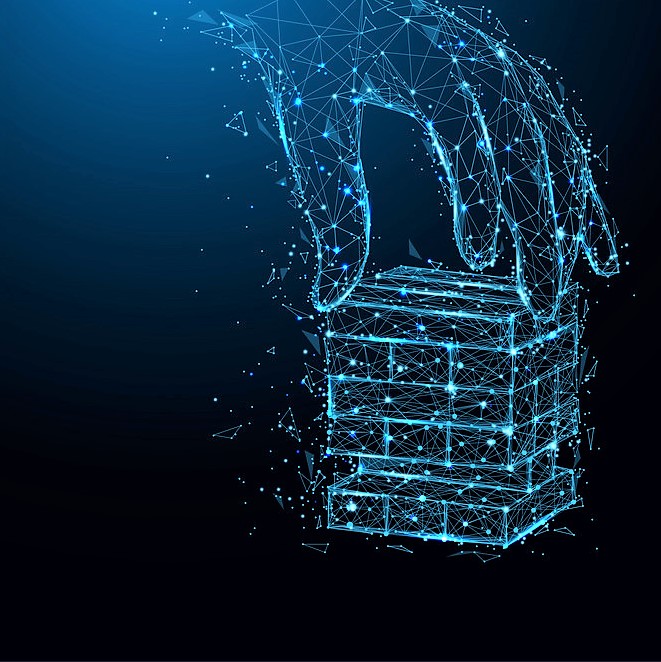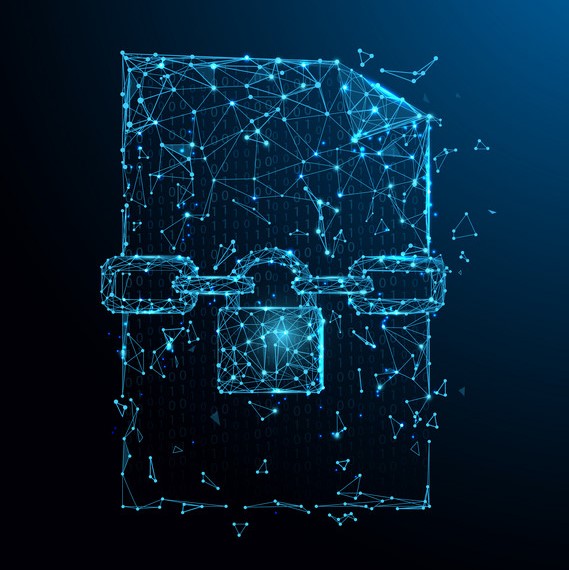It’s 2019!
After all the celebrations for the holiday season last year, we still need to get back to face the same reality that cyber attackers are just lurking around and does not waste any single time to break through your defenses.
In 2018 alone we have witnessed more than 600 cyber security data breaches globally and more than 340 million data records have been exposed – and this tends to grow more this year! Predictions have stated that ransomware alone will cost businesses around the world more than $11.5 billion in 2019. What’s worse, this same study also predicts businesses will experience a cyber-attack every 14 seconds by 2019, up from once every 40 seconds in 2016!
“We’re just small businesses. Hackers won’t have that much to steal from us,” This is what most small companies think. They believe that because you have a small to medium-size business, cyber criminals will pass over attacking your company. The “not much to steal” mindset is common with small business owners in regards to cyber security, but it is also completely incorrect.
Most small companies tend to dismiss the thought of investing and acquiring advanced security technologies as they continue to mistakenly believe that their company won’t ever be a target.
When in fact, small businesses are just as likely to be the victim of cyber-attacks as large corporations are – we’re just less likely to hear about these attacks.
Just think about it, an attack affecting a company with only just around 30 employees won’t make much headline anywhere compared to a large bank that’s been crippled by a data breach, see? The only difference is that large corporations tend to have a higher percentage of bouncing back after an attack while SMBs do not.
What should we do then?
The first step perhaps, is to understand where and how these attacks enter our cybersecurity premises.
So stick around as DCT lists out 5 basic cybersecurity practices you have to start considering to help secure your organization this 2019
ESTABLISH A STRONG CYBERSECURITY CULTURE
 Cybersecurity is not a concern of your IT Team alone. Perhaps, it is a responsibility of the entire member of the organization. Changing the way how everybody thinks about cybersecurity is the most important step in building a strong cybersecurity culture.
Cybersecurity is not a concern of your IT Team alone. Perhaps, it is a responsibility of the entire member of the organization. Changing the way how everybody thinks about cybersecurity is the most important step in building a strong cybersecurity culture.
Make everyone be more conscious about security practices such as having a strong password or use a two-factor authentication whenever necessary. You can even require them to change their password regularly to ensure a better security. Make them knowledgeable on how to recognize malicious transactions and threats, it will make them more cautious. In addition, providing an antivirus and malware software in every company device would be a great help.
If given a proper training, they can contribute in securing their company’s information assets. As long as possible, educate them regularly since security threats are changing constantly.
INVEST FOR A STRONG FIREWALL

Build a security barrier through investing on a strong firewall. Firewall will serve as your first line of defense against cyber-attacks. It is one of the cornerstones on network security. Firewall is such a big help in any network or standalone computer that is connected to the internet.
It helps in inspecting all the data that is passing in and out of the network, to make sure that you’re in a legitimate network traffic and secure against hackers or other unauthorized external users. To ensure compliance, consider to provide firewall software and support for home networks.
AUDIT PRIVILEGE ACCESS

By tracking permissions and access of your privileged users to the servers and data, it will keep you out of being taken advantage. At most cases, organizations have lost control over privileged accounts which brings a greatest security risk to them such as leaving the organizations vulnerable, exposed to serious compliance violations, privacy breaches, data theft and fraud.
As part of the business, there are instances where you need to grant your employees some extra privileges for them to manage application, software, and server hardware; But using Privileged Access Management (PAM) solution, it is possible to secure and manage administrative accounts. This solution provides control, compliance, visibility, and responsiveness which are very useful in keeping the organization secure and far from risks.
EMPLOY SECURITY AND RISK MANAGEMENT TEAM

One of the most important things you need to do is assess your internal security workforce. A dedicated security and risk management team will evaluate the security implications of centralized availability in your organization.
This team can also review the confidentiality and resiliency of digital business plans and explore methods to reduce risks, which will help foster a smooth digital transformation. Providing your team with a comprehensive Security Information and Event Management (SIEM) software products and services can help them regulate security operations within your organization.
BACKUP DATA

The possibility of system failure should always be a top priority for many businesses. Disaster recovery is not possible without backup in the first place. When such a failure happens, it is not just data that needs restoring, but the full working environment.
Backups are typically performed on a daily basis to ensure necessary data retention. Disaster recovery requires a separate production environment where the data can live. Backups are useful for immediate access in the event of the need to restore a document. The overall benefits and importance of a disaster recovery plan are to mitigate risk and downtime, maintain compliance and avoid outages.
The ever-evolving volume of cyber threats has affected a lot of companies globally. Don’t wait to be one of them! The best way to stay ahead of these criminals is to understand how you should employ your security technologies: start from the basics. Get protected!
